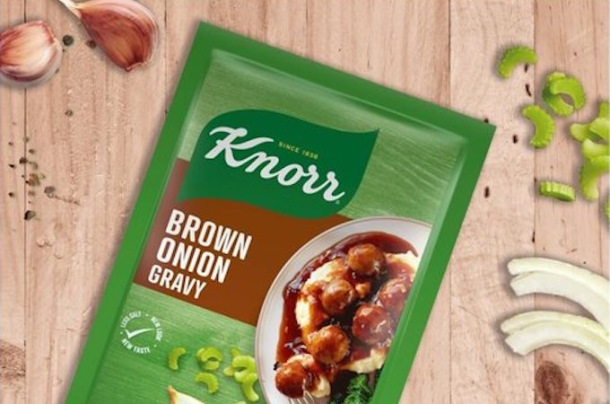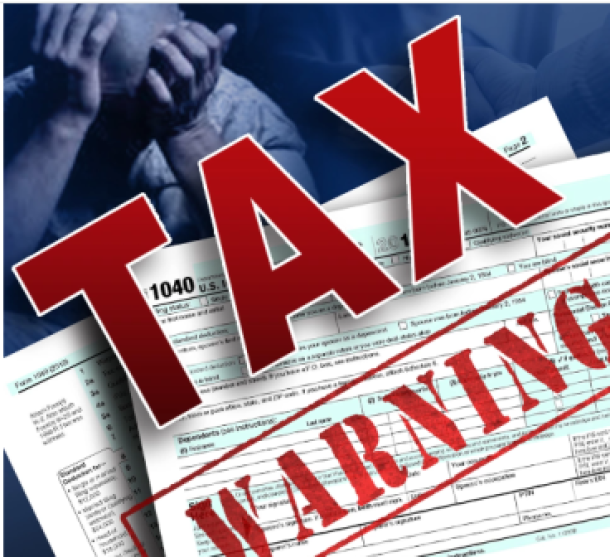
Shrinkflation nation: Yes, your ice cream tub is getting smaller
By: Nick Wilson –News24
Next time you buy yourself a tub of ice cream to refresh yourself in the sweltering heat, take a close look at the contents label, particularly the information relating to size.
You could find the standard two-litre ice cream tub has suddenly become 1.8 litres as food manufacturers, under the whip because of rising input costs and a strained consumer, cut the size of the product rather than increase the price.
Strictly speaking, shrinkflation - as this practice is known - generally involves keeping the sticker price exactly the same. But the price of the product can also be reduced to reflect the new size regime.
Analysts have said SA food producers have clearly been pursuing this tactic, but relief may be in sight as inflation finally eases. SA's biggest food producer Tiger Brands, meanwhile, confirmed to News24 it had sought to introduce smaller-sized options to keep products affordable and provide options, while it constantly reviewed its recipes and packaging.
But it added keeping "table-friendly" sizes of iconic products available, such as Mrs Balls chutney or All Gold tomato sauce, remains important too.
In the case of Country Fresh, the ice cream brand owned by Dairymaid, a reduced pack size has also come with a lower price.
Dairymaid, which is owned by UK-based Froneri, confirmed to News24 that while its Country Fresh brand has reduced the ice cream tubs from 2L to 1.8L, the change had also come with a "reduction in shelf price" so it could offer its customers an "affordable product" in a tough economy.
"The product packaging design has been updated to reflect the change and moved the volume declaration to the bottom of the tub next to the ingredients list, where consumers will see when reading the ice cream content ingredients."
"The Country Fresh change was made with the consumers best interests, to mitigate inflation pressure."
As far as SA's National Regulator for Compulsory Specifications (NRCS) is concerned, there's nothing wrong with this as long as the label reflects the change.
Other products that have been shrinking in size in recent years include the 500ml Coke "buddy" bottle, which is now only 440ml. Shrinking pet food products have also been reported.
Future trends?
With consumers expected to continue struggling at least until the second half of the year, Sasfin Wealth senior equity analyst Alec Abraham believes the market will see more cases of "classic shrinkflation".
Explaining the thinking behind it, Abraham says companies generally have a price target that they believe consumers will be willing to pay for a product.
If, because of a substantial increase in input costs, they have to consider raising the price of the product beyond that, they weigh up whether consumers will be willing to pay that premium. If they believe customers won't be willing, they then look to reduce the package size and generally keep the price the same.
Other methods companies may consider in their bid to keep prices palatable for customers include swapping out more expensive ingredients for cheaper ones.
Abraham says this is also happening increasingly in the market due to rampant input cost increases, pointing out his recent disappointment of finding a favourite sweet was on offer at a low price. He added:
Then I read the new ingredients and discovered they contained wafer, caramel and what they called a cocoa-flavoured coating.
"Obviously, real cocoa powder or chocolate would cost too much, so they wanted to keep the price point very low, so they simply replaced it with something else. Because they didn't have the required level of chocolate or cocoa, they couldn't legally call it chocolate."
Casparus Treurnicht, portfolio manager and research analyst at Gryphon Asset Management, says shrinkflation has most decidedly been a feature of the market in recent months as a consequence of a prolonged high inflationary environment. This is all about "making the consumer feel he is better off, even though he is actually not".
Consumers can expect to get less for their money in an inflationary environment, he added.
Though he believes there could be some relief in sight for consumers, with the worst probably behind them, this does not imply that consumers will immediately be loosening their belts.
This is why he doesn't necessarily believe the market will see significantly more cases of product shrinkflation – save for a few producers that may have fallen behind with the development of smaller package sizes, which are already in the pipeline.
Food producers may still opt to keep offering reduced-size offerings, for the short-term at least, as they try to claw back some lost margins, he added.
News Category
- International retailers
- On the move
- Awards and achievements
- Legislation
- Wine and liquor
- Africa
- Going green
- Supplier news
- Research tools
- Retailer trading results
- Supply chain
- Innovation and technology
- Economic factors
- Crime and security
- Store Openings
- Marketing and Promotions
- Social Responsibility
- Brand Press Office
Related Articles

Warning of Eskom collapse

Knorr recalls brown onion gravy sachets

Eskom CEO shares good news about load-shedding

Tax warning for South African businesses


